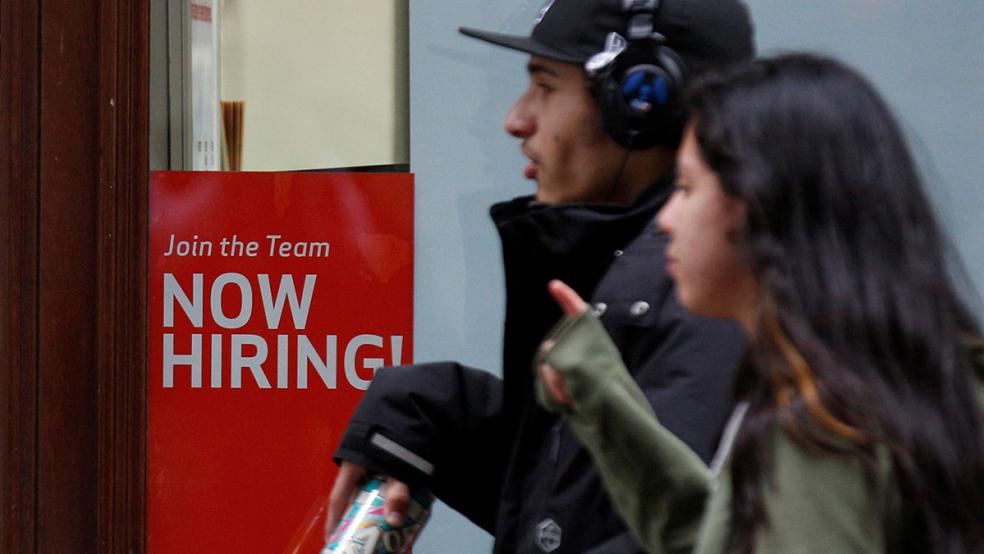In a sign that the U.S. labor market remains exceptionally tight, employers added a higher-than-expected 263,000 jobs in November, while average hourly wages grew by 5.1% on an annual basis, the Bureau of Labor Statistics announced Friday. The unemployment rate held steady at 3.7%.
The data comes a day after new inflation data suggested that price increases in the economy are easing, but Friday’s report shows that the labor market is still remarkably strong – and the Federal Reserve still has its work cut out for it as the central bank tries to slow the economy through tighter monetary conditions.
The report sent stocks tumbling as traders contemplated the threat of higher interest rates from the Fed, though they recovered later in the day. Most investors still think that the Fed will raise its key rate by 50 basis points in December, less than it has at its previous four meetings, but the strong labor market data likely increases the odds that the Fed will raise rates higher and keep them high longer in its war against inflation.
Here’s what some experts are saying about the jobs report:
Labor market stays hot: “To have 263,000 jobs added even after policy rates have been raised by some [375] basis points is no joke,” said Seema Shah, chief global strategist at Principal Asset Management. “The labor market is hot, hot, hot, heaping pressure on the Fed to continue raising policy rates.”
Sending mixed signals: “The job market continues to chug along despite various headwinds,” Daniel Zhao, lead economist at Glassdoor, told The Washington Post. “We are getting some mixed signals from the report — that isn’t a surprise at a time when the economy is at a turning point — but stepping back, this still points to a job market that is more resilient than we expected. On the flip side of that, inflation has been more resilient than we expected, too."
Fed has more work to do: “The November employment report delivers a holiday season package of good news for American workers, including a strong increase in wages,” Mark Hamrick of Bankrate said in a statement. “In keeping with the classic divide sometimes seen between Main Street and Wall Street, the report tells the Federal Reserve it has more work to do in its battle against inflation.”
Labor market still key: “It upsets some of the narrative going into the report, which was that things are slowing down,” said Neil Dutta of Renaissance Macro. “The reason that this matters for everyone is that the Fed still sees the labor market as the mechanism by which they can solve the inflation problem.”
Recession more likely? RSM chief economist Joseph Brusuelas said he now expects interest rates to move even higher. “The primary policy takeaway from the report is that the Federal Reserve will need to lift its policy rate above 5% ─ perhaps as high as 5.5% ─ before entertaining any idea of a pause in its efforts to restore price stability,” he wrote Friday. “The chance that the Fed can engineer a soft landing for the economy has narrowed and supports our forecast of a mild recession next year.”




